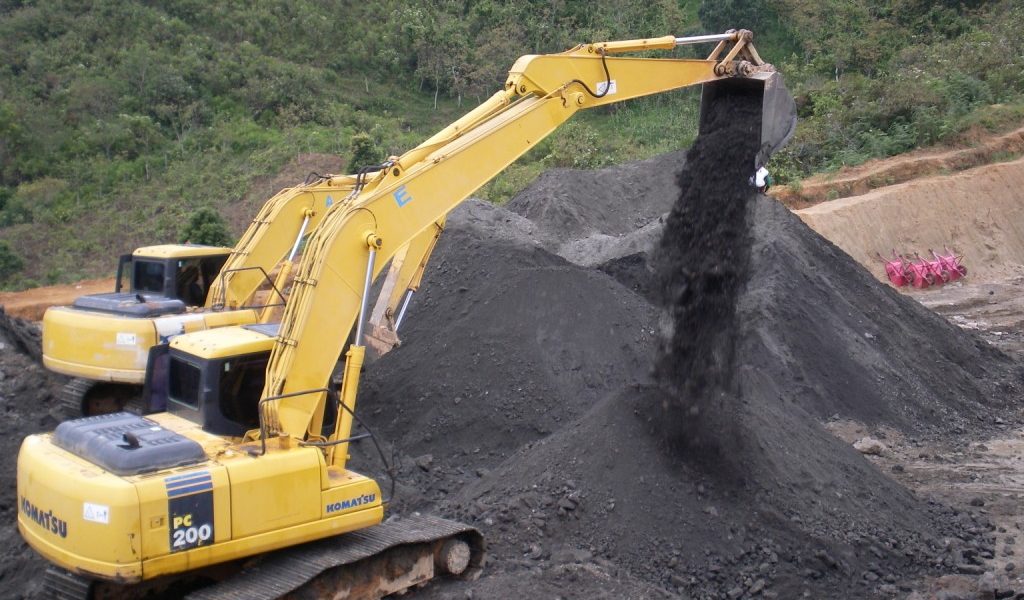The mega auction of 41 coal blocks by the Centre, announced on June 18, 2020, is expected to significantly boost domestic production while curbing imports of this mineral fuel. This is the first auction conducted after the passage of the Mineral Laws (Amendment) Act in March this year.
The 41 coal blocks, with an aggregate production potential of 225 million tonnes per year (to be attained by FY26), are spread over five states of Chhattisgarh, Jharkhand, Madhya Pradesh, Maharashtra and Odisha. In terms of estimated mining potential, Odisha is the biggest state with 9 mines aggregating 124 million tonnes per year.
It may be mentioned that The Mineral Laws (Amendment) Act aims to make coal mining an attractive business for both domestic and foreign private investors. Some key features of the Act are:
- Removal of restriction on end-use of coal
- Allowing transferability of ownership and concessionary rights
- Allowing revision of mining plan
- Allowing mortgage of mines for financing
- Granting rights to exploit coal-bed methane (CBM) and other minerals
- Option to relinquish partially explored blocks
Also significant is the fact that the Centre will share some pre-project responsibilities, mainly securing of regulatory approvals. This could mean that developers could start mine development activity, and hence production, sooner.
According to a report by ICICI Securities, India’s coal demand in FY20 was 954 million tonnes out which Coal India accounted for 582 million tonnes (61 per cent). Singareni Coal Collieries contributed 63 million tonnes while captive production brought in a like 63 million tonnes. The remaining 247 million tonnes was imported.
The current auction will bring in 225 million tonnes of coal annually from FY26 onwards. This production could go a long way in reducing import dependence. Coal India Ltd, which will continue to be the biggest coal producer, could also turn exporter once domestic production shores up through the current and subsequent auctions under The Mineral Laws (Amendment) Act.
Environmental Impact: Organisations like Council on Energy, Environment and Water (CEEW) have however expressed some concerns regarding the prospective mining activity from the newly-auctioned blocks. CEEW points out that several of the 41 mines are located in biodiversity-rich forest areas in Central India, including a few in one of the largest contiguous stretches of dense forest called Hasdeo Arand that spans 170,000 ha.
Karthik Ganesan, Research Fellow, CEEW, observed: “While India’s coal demand is likely to increase in the next decade, the investment in greenfield projects to expand production capacity must be examined more carefully. Import dependence is not a bad thing, especially if it defers or removes investment needs into new mines in pristine environments in the country.”



